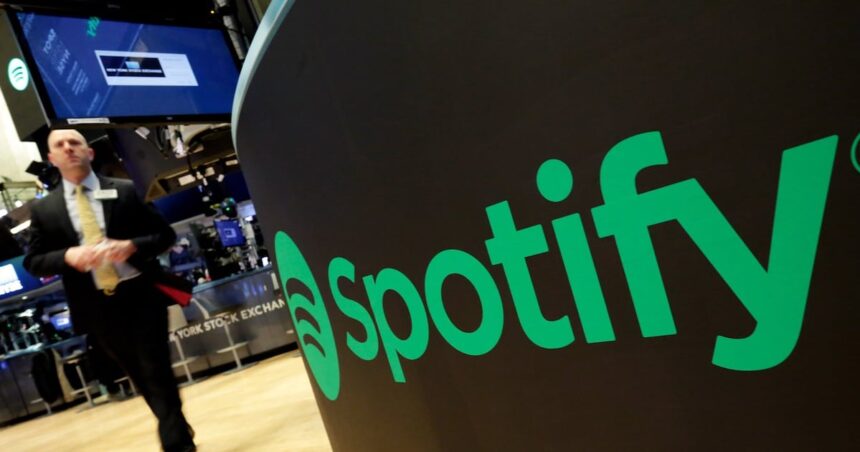In an unprecedented confrontation with Canadian regulators, streaming giant Spotify has drawn a firm line in the sand, arguing that proposed regulations would fundamentally undermine its business model and harm Canadian listeners. During hearings before the Canadian Radio-television and Telecommunications Commission (CRTC) yesterday, Spotify executives delivered a clear message: streaming services should not be regulated like traditional radio broadcasters.
“The algorithmic personalization at the heart of our service simply cannot function under a system designed for linear broadcasting,” said Nathan Wiszniak, Spotify’s Head of Canadian Music and Artist Partnerships. “Forcing streaming services to operate under outdated regulatory frameworks threatens the very innovation that has revolutionized how Canadians discover music.”
The hearings come as the CRTC implements the controversial Online Streaming Act (formerly Bill C-11), which aims to bring digital platforms under similar Canadian content requirements that have governed radio and television for decades. The legislation represents Canada’s attempt to ensure digital platforms contribute to Canadian cultural expression, but has faced significant pushback from global tech companies.
Spotify officials testified that their platform already promotes Canadian artists substantially, with domestic creators appearing in approximately 33% of all Canadian users’ listening time—far exceeding the 35% Canadian content quotas traditional radio stations must meet. They emphasized that this organic discovery happens without regulatory intervention.
“Canadian artists are thriving on our platform because our algorithms respond to listener preferences, not arbitrary quotas,” explained Wiszniak. “Implementing rigid content requirements would disrupt the personalized experience our 10 million Canadian subscribers have come to expect.”
Industry analysts watching the proceedings note the CRTC faces a difficult balancing act. As Canada News has previously reported, Canadian cultural policy has historically prioritized ensuring domestic content remains visible amid the flood of foreign (particularly American) media. However, the digital landscape presents unprecedented challenges to these longstanding approaches.
“This isn’t just about streaming music—it’s about the future of cultural policy in the digital age,” said Dr. Ellen Thompson, a communications policy expert at McGill University. “The CRTC is trying to protect Canadian creators while navigating technologies that fundamentally operate differently than broadcasting.”
The hearings have sparked intense debate across CO24 Business circles about the economic implications. Canadian musicians remain divided on the issue, with established artists generally supporting stronger regulations while emerging artists often prefer the algorithmic discovery that platforms like Spotify provide.
“The regulations were designed for a world where gatekeepers controlled limited bandwidth on radio waves,” said independent Canadian artist Marc Leblanc. “Streaming doesn’t have those limitations—it’s a completely different model.”
CRTC commissioners questioned Spotify representatives about whether the platform could implement a “discover Canadian music” feature or adjust algorithms to favor domestic content. Spotify officials maintained that such interventions would compromise user experience and potentially reduce overall listening to Canadian artists.
The streaming giant warned that excessive regulatory burdens could force them to reconsider their investment in the Canadian market, noting they’ve contributed over $2 billion to Canadian music rights holders since entering the market.
As CO24 Politics has documented, the Online Streaming Act represents one of the most significant attempts globally to bring digital platforms under national regulatory frameworks. The outcome of these hearings could establish precedents for how streaming services operate worldwide.
As Canadians increasingly consume culture through global digital platforms, a fundamental question emerges: can traditional approaches to cultural protection work in an algorithmic age, or must we develop entirely new frameworks that balance national cultural interests with technological innovation?










